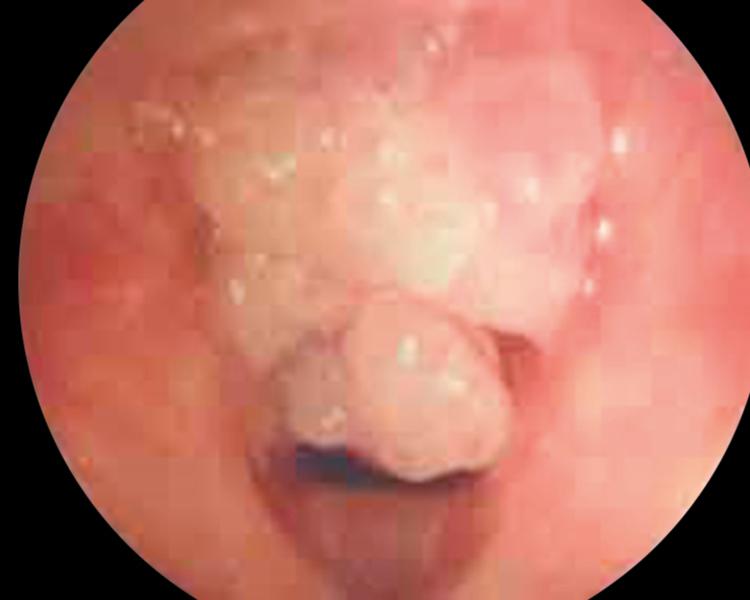Physical Address
304 North Cardinal St.
Dorchester Center, MA 02124
Recurrent respiratory papillomatosis (RRP) is a disease of viral etiology, caused by human papillomavirus (HPV) types 6 and 11, associated with exophytic lesions of the airway. Although it is a benign disease, RRP has potentially morbid consequences due to its involvement of the airway, its propensity to recur, and its risk of malignant conversion. Surgical therapy for RRP requires a skilled team consisting of otolaryngologists, anesthesiologists, and operating room personnel working together in a facility properly equipped to manage the difficult pediatric airway.
The goal of surgical therapy is to maintain a patent airway, improve the quality of the voice, and avoid harm.
Close coordination with a pediatric anesthesiologist is critical for successful surgical management of patients with RRP.
Many adjuvant therapies, such as Avastin and cidofovir, are available for severe cases of RRP.
History of present illness
The quality of the patient’s voice should be assessed. If hoarseness is present, then the onset and timing of the voice changes should be documented.
Respiratory distress, shortness of breath, and exercise intolerance are common presenting symptoms. The timing, quality, and severity of these symptoms should be investigated carefully. Rapid onset with severe symptoms warrants urgent intervention.
The patient should be assessed for other possible lesions of the upper aerodigestive tract. An exhaustive history should be taken that would include other symptoms such as dysphagia, weight loss/failure to thrive, diet, and risk factors such as smoking and alcohol use (in the adult population).
Past medical history
Maternal history of human papilloma virus (HPV) infection and any history of HPV vaccinations should be documented.
Prior treatment:
Previous RRP surgical procedures (obtain operative notes, pathology reports and/or photos if possible)
Adjunct medical therapies
Other medical illnesses
Other surgical procedures
Family history:
Anesthetic complications
Bleeding disorders
Medications (prescription and over-the-counter [OTC] drugs)
Fiberoptic laryngoscopy: Careful, sequential inspection of the nose, nasopharynx, pharynx, hypopharynx, larynx, and subglottis provides the critical information necessary to make the diagnosis of RRP and allows estimation of lumen size, vocal cord mobility, and the urgency of operative intervention. Further, this examination allows the surgeon to comprehensively examine the larynx to rule out other etiologies for the patient’s presenting symptoms such as vocal cord paresis, functional voice disorder, and other benign vocal cord processes (i.e., nodules, polyps). Papillomas have a distinctive appearance on laryngoscopy, but definitive diagnosis requires biopsy and pathologic examination ( Fig. 196.1 ).

Rarely, recurrent respiratory papillomatosis can spread to the lower airway.
A chest radiograph or chest computed tomography (CT) could be considered if there is concern for lower airway obstruction such as a history of recurrent pneumonia or hemoptysis. A CT of the neck would only be performed if there was a concern for upper airway malignancy, which is rare in children.
Biopsy needed to confirm diagnosis at initial presentation
Symptoms of airway obstruction
Hoarseness and voice disturbance
Medical comorbidities with increased risk for general anesthesia in elective cases
Control other medical comorbidities.
Discontinue antiplatelet drugs if possible.
Become a Clinical Tree membership for Full access and enjoy Unlimited articles
If you are a member. Log in here